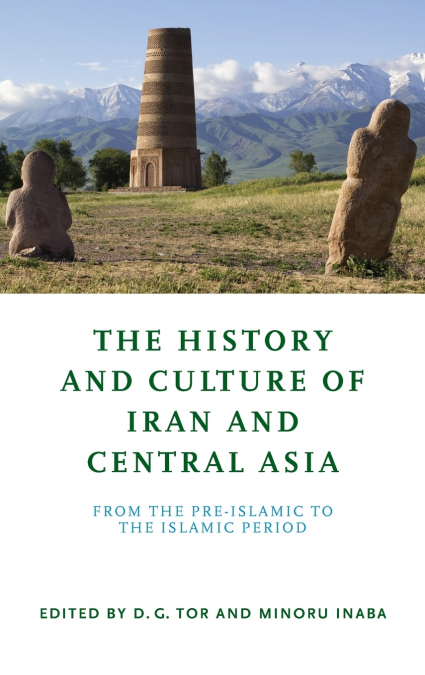
This volume examines the major cultural, religious, political, and urban changes that took place in the Iranian world of Inner and Central Asia in the transition from the pre-Islamic to the Islamic periods.One of the major civilizations of the first millennium was that of the Iranian linguistic and cultural world, which stretched from today’s Iraq to what is now the Xinjiang Autonomous Region of China. No other region of the world underwent such radical transformation, which fundamentally altered the course of world history, as this area did during the centuries of transition from the pre-Islamic to the Islamic period. This transformation included the religious victory of Islam over Buddhism, Nestorian Christianity, and the other religions of the area; the military and political wresting of Inner Asia from the Chinese to the Islamic sphere of primary cultural influence; and the shifting of Central Asia from a culturally and demographically Iranian civilization to a Turkic one. This book contains essays by many of the preeminent scholars working in the fields of archeology, history, linguistics, and literature of both the pre-Islamic and the Islamic-era Iranian world, shedding light on some of the most significant aspects of the major changes that this important portion of the Asian continent underwent during this tumultuous era in its history. This collection of cutting-edge research will be read by scholars of Middle Eastern, Central Asian, Iranian, and Islamic studies and archaeology.Contributors: D. G. Tor, Frantz Grenet, Nicholas Sims-Williams, Etsuko Kageyama, Yutaka Yoshida, Michael Shenkar, Minoru Inaba, Rocco Rante, Arezou Azad, Sören Stark, Louise Marlow, Gabrielle van den Berg, and Dilnoza Duturaeva.